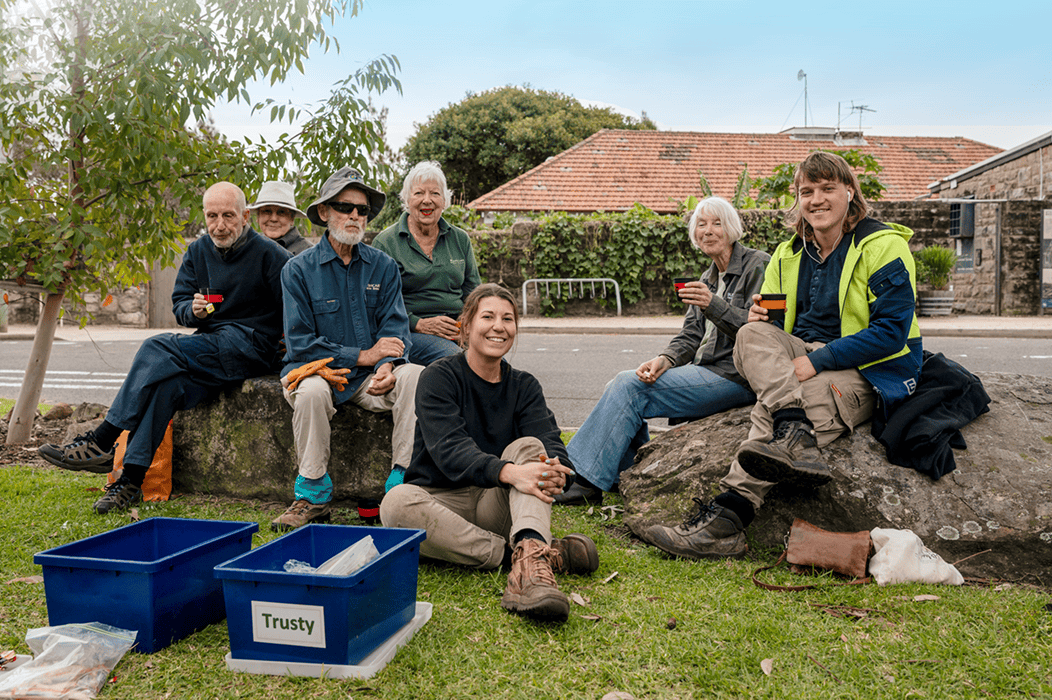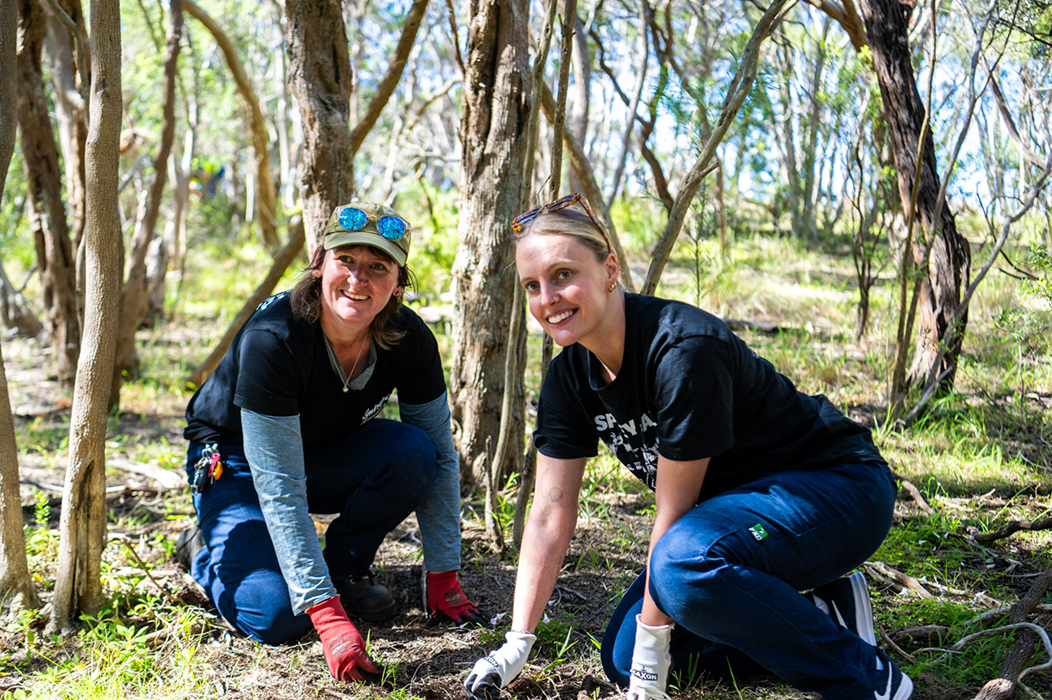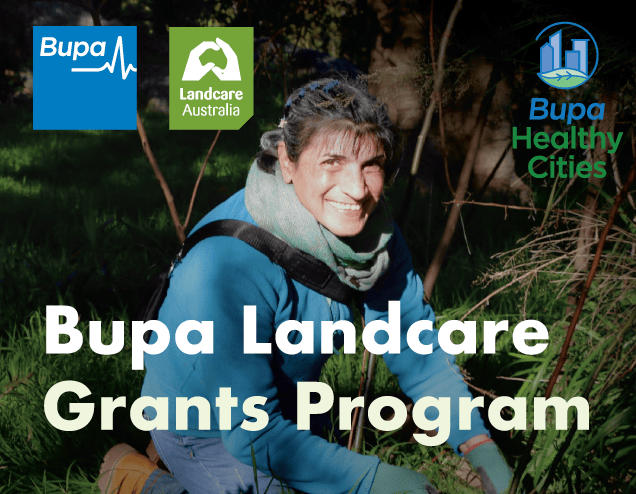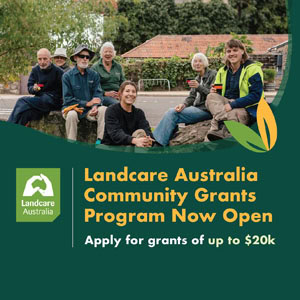Landcare Australia Grants Programs
Landcare Australia has a successful track record of working with governments, corporate partners, philanthropic organisations and donors to facilitate funding for good quality, hands on projects and programs that will improve environmental outcomes and support the landcare community. The funding and in-kind support from our partners and sponsors enable us to develop practical, achievable and community-focused grants programs.
Available Grants
There are no grants available at this time. Stay informed about our grants programs by subscribing to our newsletters or following us on Facebook.

Grants support the landcare community
The funds we raise support the landcare community in achieving a diverse range of positive outcomes, including sustainable land management, natural habitat restoration, enhancing biodiversity, building resilience in Australia’s food and farming systems, and creating social cohesion and wellbeing in communities. Read our case studies to discover more about the projects Landcare Australia has managed with support from our partners.
Become a Landcare Australia partner
Landcare Australia’s grant programs are always in demand. If your organisation is interested in partnering with Landcare Australia to fund a grants program, please get in touch with our Partnerships Team.



